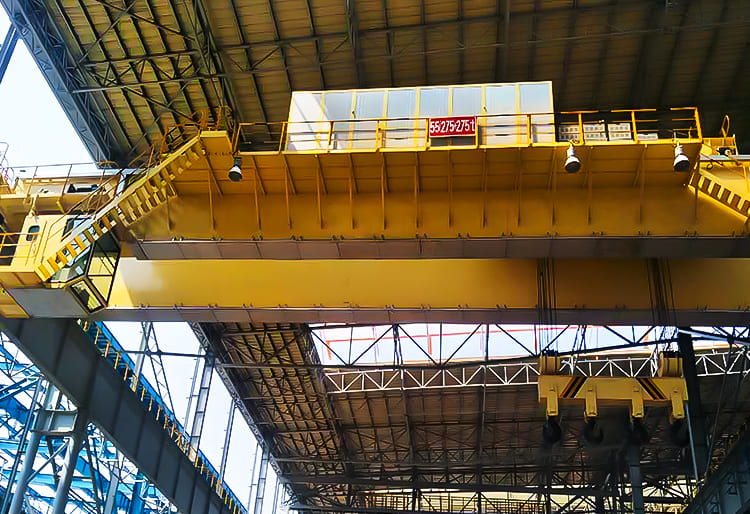Bridge cranes, also known as overhead cranes, are widely used in various industries for lifting and moving heavy loads. The two important terms associated with bridge cranes are headroom height and lifting height.
The headroom height of a bridge crane refers to the distance between the floor and the bottom of the crane’s bridge beam. This measurement is crucial as it determines the amount of space required for the crane’s operation, taking into account any obstacles, such as ducts, pipes, roof trusses or lighting fixtures, that may impede its movement. The headroom height is generally customizable, and clients can specify their requirements depending upon the space constraints of their facility.
On the other hand, the lifting height of a bridge crane refers to the distance that the crane can lift a load, measured from the crane’s floor to the highest point of the lift. This height is an essential consideration, particularly when transferring materials or products in multi-level facilities, where the crane’s maximum lifting distance plays a key role in determining the number of floors the lift must travel.
It is essential to understand the difference between headroom height and the lifting height of bridge cranes, as it would aid in selecting and designing the equipment that best fits the client’s workspace and requirements.
The lifting height plays a crucial role in determining the crane’s capacity to transport goods to a particular height. The crane’s lifting height should be chosen carefully, and it depends on the type of load and the facility’s shape and size. It is critical to make the right choice while considering the lifting height, as it can affect the crane’s overall efficiency and productivity.
In conclusion, when it comes to bridge cranes, the headroom height and lifting height are two key factors to consider. Properly assessing and deciding on these factors can help optimize the bridge crane’s operation, reduce downtime, and ensure safety in the facility.








